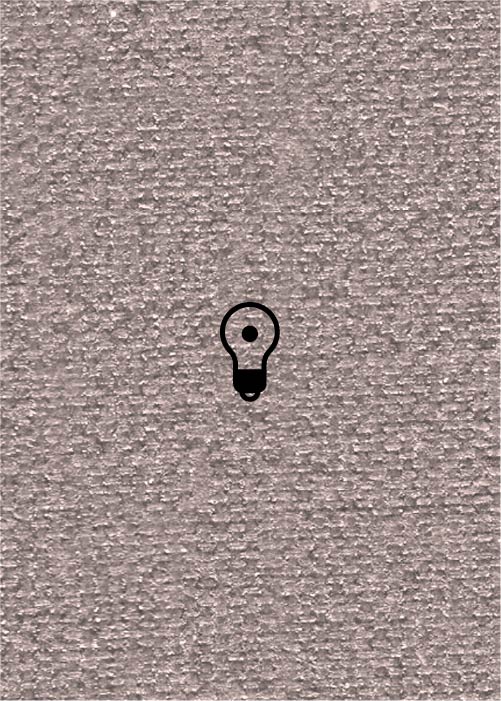(416 results found)

Badekns (LKT)
… 58 . ( Recording references included). “The [ beroyges ] dance ended, the song was stopped. The groom approached and … People put their hands on their shoulders and proceeded to dance in time to the music. Afterwards he invited the bride and groom into the middle of the circle and danced with them the ‘mitsve-tentsl.’ After that came the …

Dobridzien (LKT)
… we heard the ‘guten-Morgen-Standchen,’ ‘dobri dsen,’ and we danced happy little dances.” Wengeroff 1913, I, pp. 182-83 . “The day of the …

Zay gezunt (LKT)
… Beregovski 1935 [= Beregovski/Slobin 1982, p. 515, n. 4]. “Dance music [was played] to speed the parting guests, right … after which the musicians played a frejlaxs and everyone danced in a circle.” Beregovski 1962 [= Beregovski/Slobin … occasion]. At the end the melody becomes happy and people dance a karahod .” [Vilna, Lithuania, 1920s]. Bernstein …

Dobranotsh (LKT)
… obgeshpilt a vivat ..” Elzet 1918, pp. 34-35 . “Non-dance metrical genres included wedding ritual tunes such as … was a dobranots : the klezmorim used to play various dances, and the bride’s friends danced and received honors. Thereafter the klezmorim used to …

Honga (LKT)
… the full reference. “Honga/Hongu/Hangu: A Moldavian line dance in 2/4 time. Also called honge and ange.” Alpert 1996b, p. 58 . “The honga was another Moldavian dance. It’s not related to the freylakhs or bulgar. There … Orchestra 1925 recording [Polish style]... Whatever sort of dance a honga is, its musical form is very much like the …

Ange (LKT)
… the full reference. “Honga/Hongu/Hangu: A Moldavian line dance in 2/4 time. Also called honge and ange.” Alpert … repertoire [of klezmer music] consisted of the dance genres named volekh , hora , sirba , ange , and bulgarish .” Feldman 1994, pp. 7-8 . “The Moldavian dances hora and hangu (Yiddish: honga, ange ), [are] …

Aksak (LKT)
… asymmetrical meter, possibly in 7/16. The steps...to this [dance] seem to have been related to those of the bulgar .” …

A gute nakht (LKT)
… we heard the ‘guten-Morgen-Standchen,’ ‘dobri dsen,’ and we danced happy little dances.” [Brest Litovsk, Poland, 1848]. Wengeroff 1913, I, …

A gut morgn (LKT)
… we heard the ‘guten-Morgen-Standchen,’ ‘dobri dsen,’ and we danced happy little dances.” [Brest Litovsk, Poland, 1848]. Wengeroff 1913, I, …

Adom harishon tants (LKT)
… you get the full reference. “[After the khupe, during the dances,] he danced with the groom... this was called the Adom Rishon tants (dance of the first man)...all the men...made a large circle …


